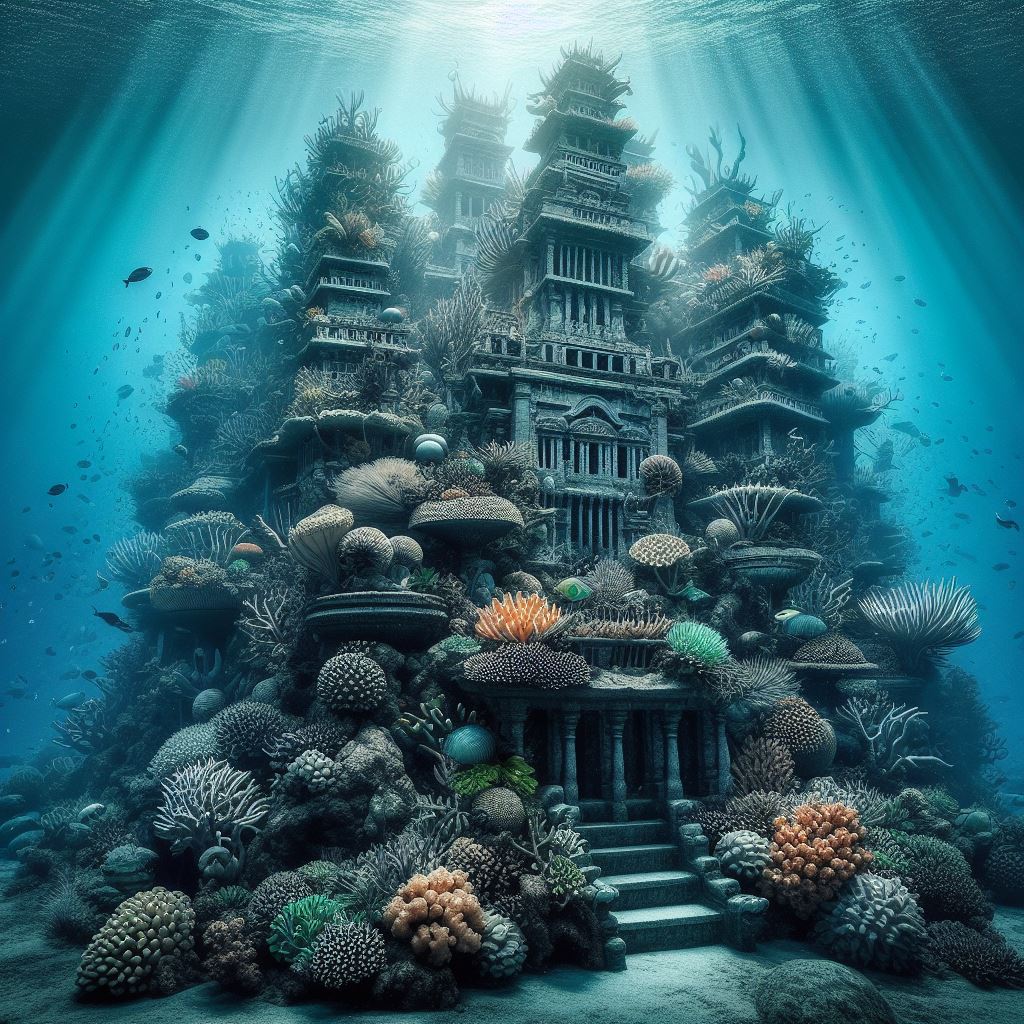Address
Bangalore, India
Lumoria, also known as Kumarikandam, is a mythical continent believed to have been located south of present-day India in the Indian Ocean. This vast landmass, extending from the south of today’s Indian peninsula to as far west as Madagascar and east to Australia, is also known as the Lemuria continent.
Please note that the information provided in this blog post is based on myths, legends, and some speculative theories. It should be read as a fascinating part of cultural folklore rather than established historical fact.

Lumoria (Kumarikandam):
- Lumoria
- Kumarikandam
- Lost Continent
- Indian Ocean
- Tamil Civilization
- Pandyan Legends
- Ancient Tamil Literature
- Submerged Continent
- Continental Drift
- Plate Tectonics
- Cultural Folklore
- Mythical Landmass
- Natural Disaster
- Tamil Revivalists
- Indian Subcontinent
- Madagascar
- Australia
- Cradle of Civilization
- Antiquity of Tamil Language
- Nationalistic Sentiments
- Cultural Tapestry
The Legend of Lumoria
The legend of Lumoria takes a tragic turn with the claim that more than 12,000 years ago, a colossal natural disaster submerged the continent under the Indian Ocean. This cataclysmic event resulted in the loss of over 60 million Lemurians, leaving only a few thousand survivors scattered across the Earth.

Lumoria and Tamil Civilization
In the 19th century, some European and American scholars speculated the existence of a submerged continent called Lemuria to explain geological and other similarities between Africa, Australia, the Indian subcontinent, and Madagascar. A section of Tamil revivalists adapted this theory, connecting it to the Pandyan legends of lands lost to the ocean, as described in ancient Tamil and Sanskrit literature.
According to these writers, an ancient Tamil civilization existed on Lumoria before it was lost to the sea in a catastrophe. They claimed Lumoria as the cradle of civilization to prove the antiquity of the Tamil language and culture.
India’s Stance on Lumoria
The story of Lumoria is not regarded as just a story but seems to be laden with nationalistic sentiments. It has been claimed that the Pandiyan kings of Lumoria were the rulers of the whole Indian continent, and that Tamil civilization is the oldest civilization in the world.
The Tamil Nadu Government, during January 1981 at the Fifth International Conference of Tamil Studies held in Madurai, screened a documentary named “Kumari Kandam” both in Tamil and English. The documentary, produced with the financial support of the Tamil Nadu Government, traced the roots of Tamil, its literature, and culture, to the very beginning of time in Lumoria otherwise known as Kumari Kandam in Tamil.
Conclusion
While the concept of Lumoria was later rendered obsolete by the continental drift (plate tectonics) theory, the concept remained popular among Tamil revivalists of the 20th century. Despite the lack of concrete scientific evidence, the legend of Lumoria continues to captivate the imagination of many, serving as a testament to the rich and ancient history of Tamil civilization.
So, did India hide Lumoria from us? The answer is no. The concept of Lumoria has been openly discussed and explored in various platforms, including government-sponsored events. The legend of Lumoria is a part of India’s rich cultural tapestry, contributing to the diverse narratives that make up the country’s history.
Social Post
Unveiling Lumoria (Kumarikandam): The Lost Continent
Dive into the mysteries of the ancient world with our latest blog post. Explore Lumoria, also known as Kumarikandam, a mythical continent believed to be the cradle of Tamil civilization. Discover the legends, the theories, and the cultural significance of this lost land that continues to captivate our imagination. Join us on this fascinating journey into the past.
#Lumoria #Kumarikandam #LostContinent #AncientCivilizations #MythicalLands
